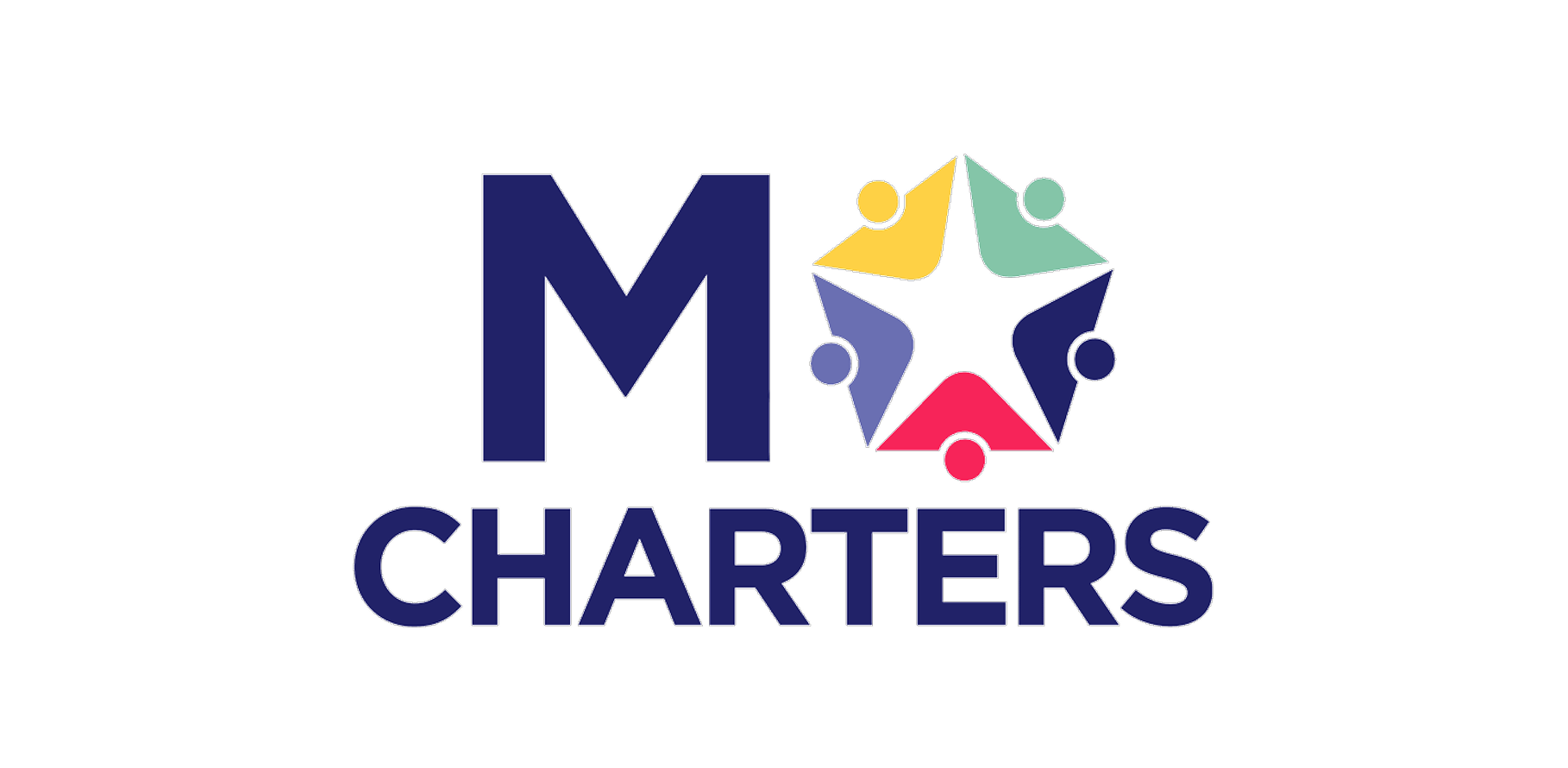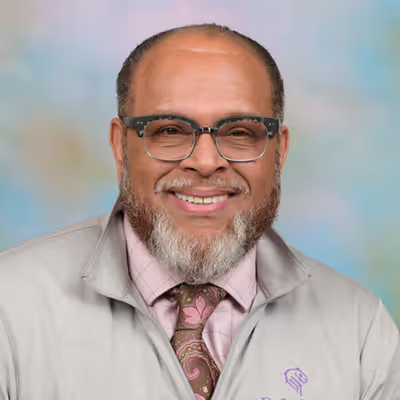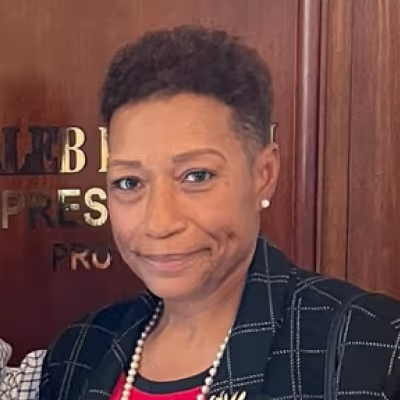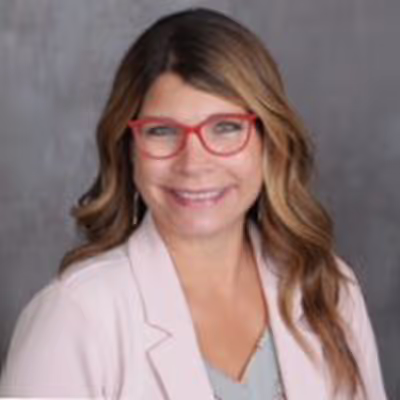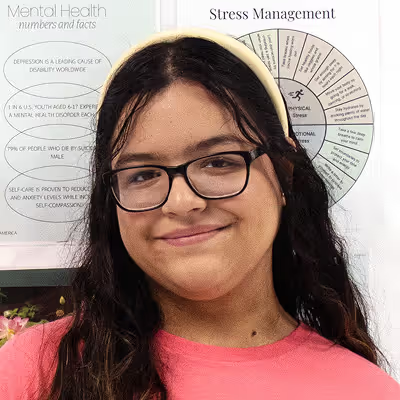Julie Frugo
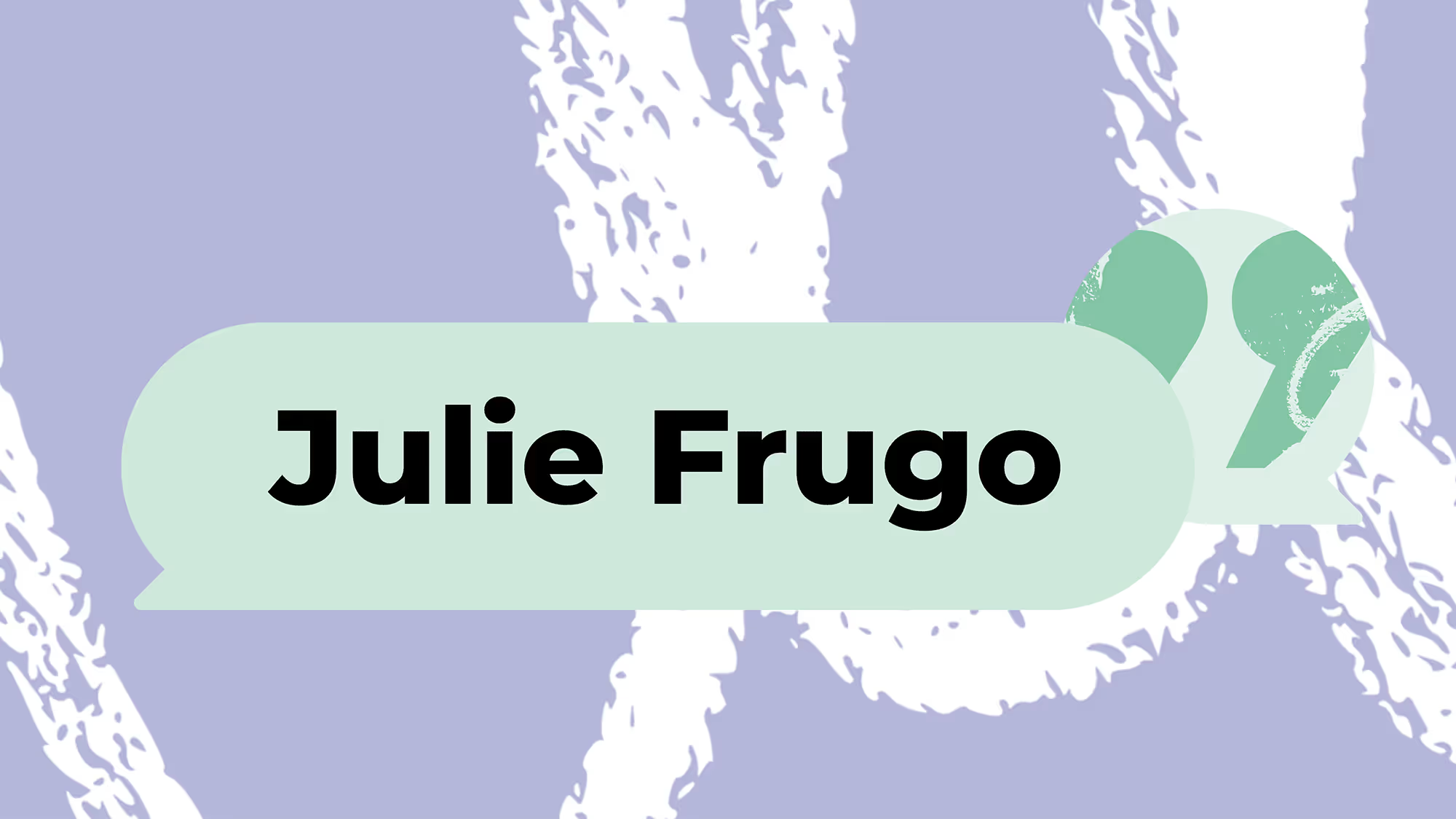


Premier Charter School: Leading the Way, On Student-Centered Learning
Premier Charter School opened its doors in 2000, becoming one of Missouri’s first public charter schools. Today it is a Pre K-8 school serving a highly diverse student body of more than 1,100, from nearly every zip code in St. Louis. In 2011, it became the first public charter school in St. Louis to be named a National School of Character, an honor bestowed on schools that cultivate a values-driven culture that goes beyond test scores.
MCPSA spoke with Premier superintendent—and one of its founding teachers—Dr. Julie Frugo about how her school approaches serving the whole child.
This conversation has been lightly edited and condensed for clarity.
MCPSA: What’s the story behind Premier’s founding?
Julie Frugo: Our founding board consisted of residents and folks from the business community all around St. Louis who were looking for a different kind of opportunity for kids. At the time, the whole idea of public charter schools was new in the state, so we were very much trailblazers. We started out with 524 students in a K-5, with a staff of about 35. [Former MCPSA executive director] Doug Thaman was our founding head of school. We have many administrators and staff that have been around for 20-plus years.
That includes you, as a founding teacher at the school. What were those early years like?
I interviewed with Doug in his dining room—there was no school yet! It was a leap of faith. People didn't know what public charters were about. It felt risky, but it was an amazing bonding experience, that whole first year, building something from the ground up.
What do you remember about the first day?
Well, because of something with the permits, we didn’t even take possession of the building until the weekend before the kids came for the first day. It was crunch time. We had staff and their family members—everybody and anybody who could pitch in—coming to help put the school together in a weekend. It was kind of like, is this really going to happen? But it was amazing because there was a family feel from the get-go.
You sound a bit nostalgic.
It was an empowering environment. You weren't waiting to be told what to do. You were boots on the ground digging in and helping build the school in every way, shape, and form. It was a really authentic example of the mission and vision coming to life.
What was the educational backdrop at the time? Was there tension around the burgeoning public charter movement?
I just wanted to be in this innovative space and offer something different for families who lived in the city. What I didn't realize was that I was walking into the eye of a political storm. A lot of people were not behind the public charter movement, so there was pressure from the jump. Even for our university sponsor [University of Missouri–St. Louis]—it was a big risk for them. We had the press coming in constantly that first year. We were under a microscope to see if this pilot was going to work or fail.
Premier grew rapidly in the first four years. Was that challenging?
We started at 524 students, and the next year we were at 720, and we added another grade. We kept scaling up until we were at 1,000 kids—it happened very quickly.
One of the biggest challenges was that we didn’t have the luxury of testing things out [before implementing them]. We would try things out, [and if they didn’t work], we’d move on and do something different the very next day.
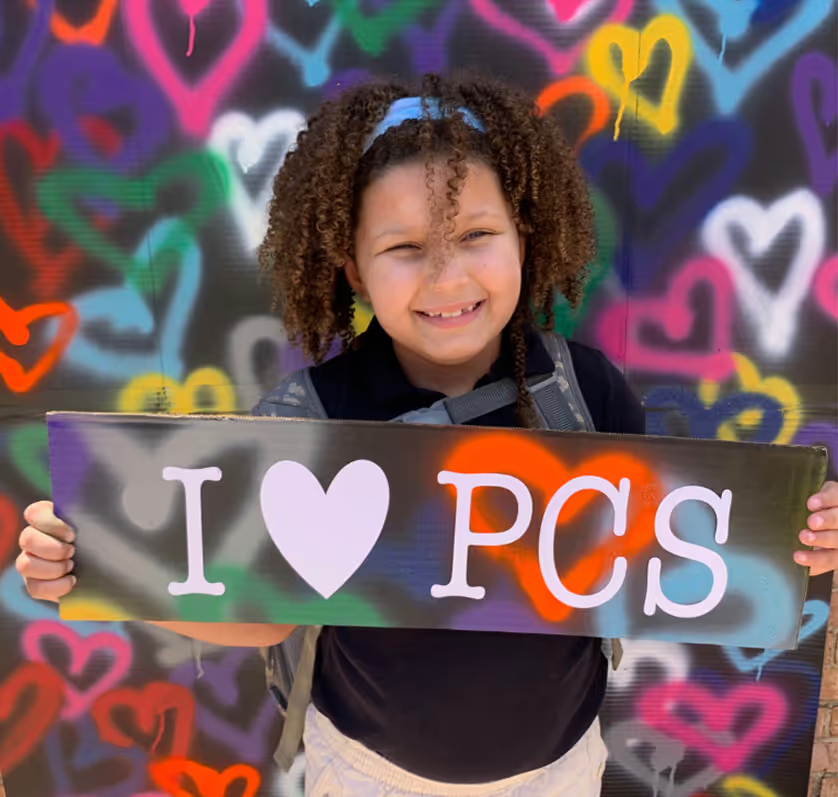


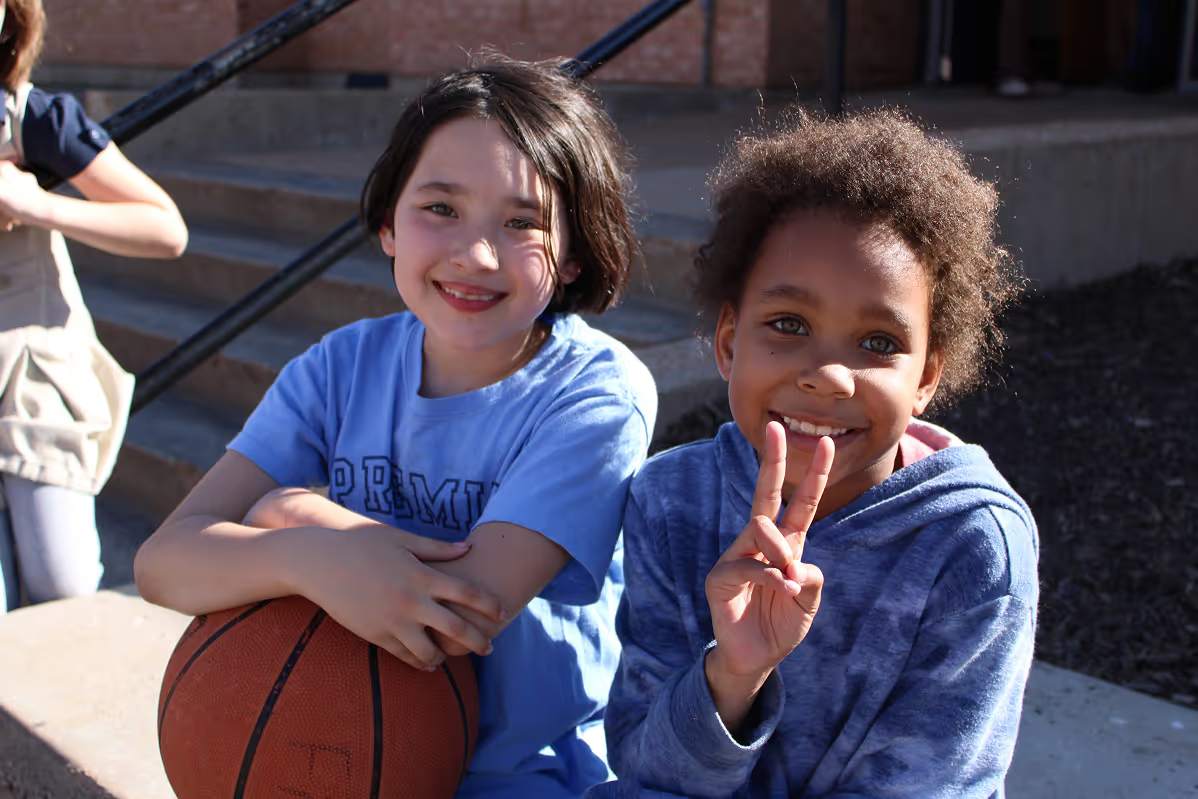
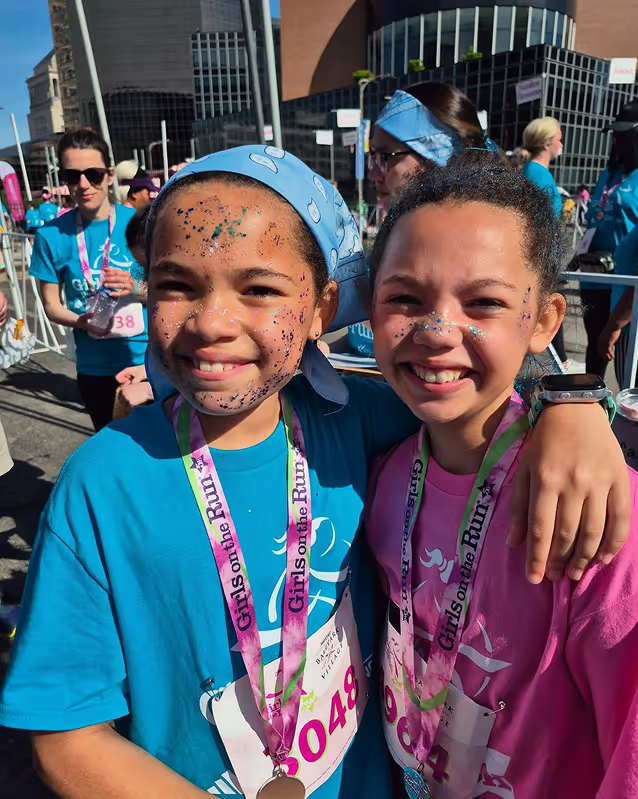

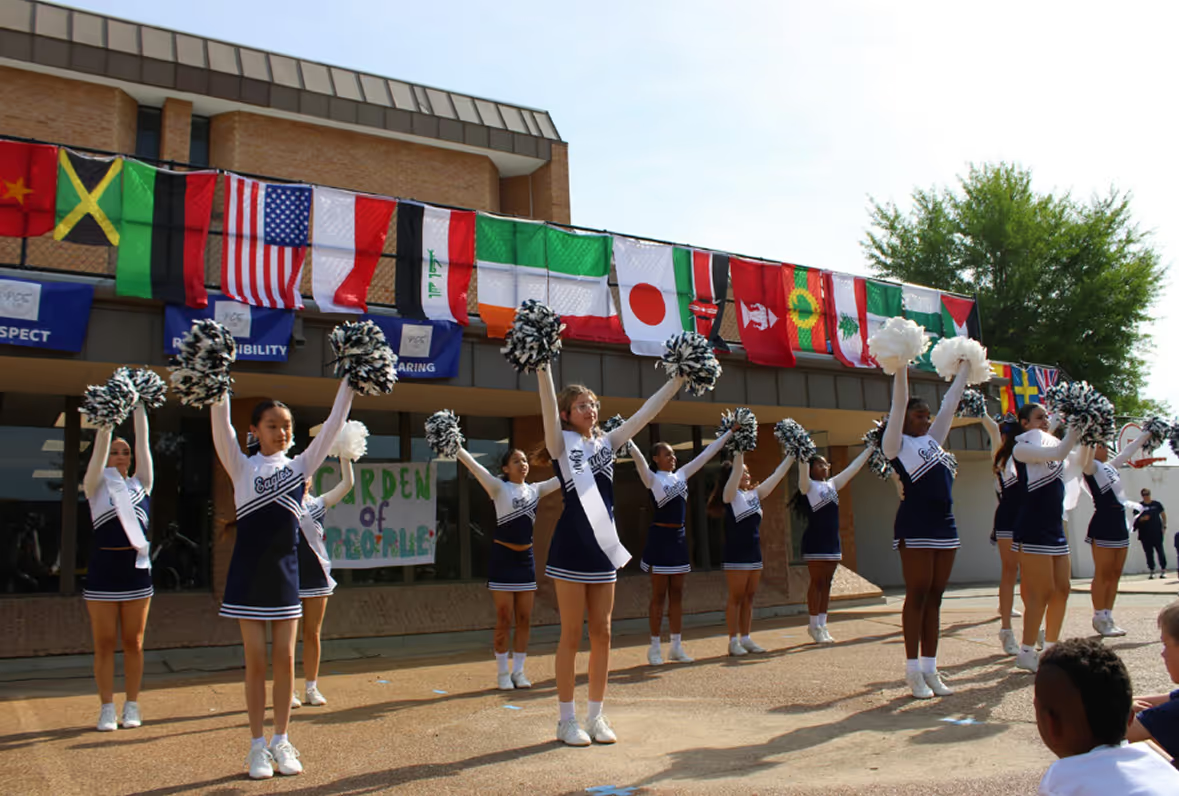


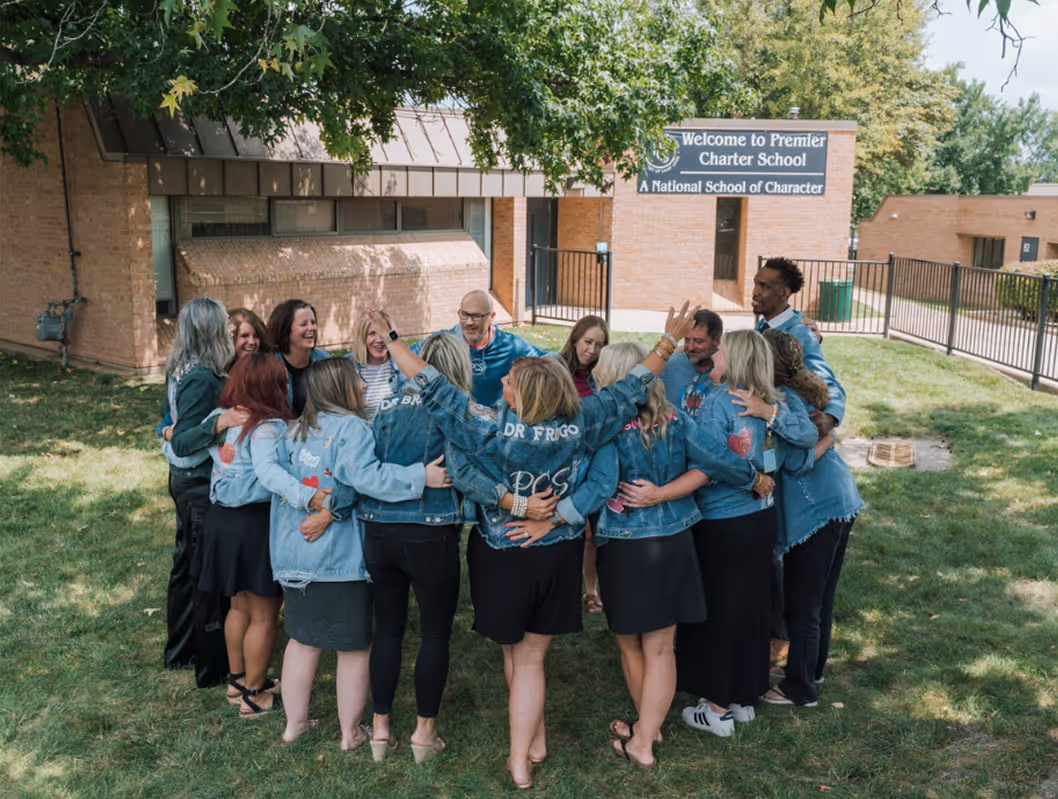









































How did you know you were on the right track?
We were rapidly gaining a reputation as a place kids wanted to be. Parents were pleased that their kids wanted to come to school, and our attendance rate was high from the beginning. There was a massive waiting list, upwards of 400 kids at times.
How do you build a school where kids want to be?
It starts with the adult culture. A lot of schools say they’re child-centered, but it’s hard to do. It's much easier to be adult-centered than it is to truly have children at all levels of decision-making. But that's something from our roots that we have been intentional about, and we've adhered to it for the last 26 years. Even a five-year-old comes with their own sense of agency, so how do we support that? That empowerment piece has always been at the root of what we do in the classroom, and it really does connect.
How do you involve students in decision-making?
I always say, if you want real information, just ask the kids. How is it going? What do you like about this or what should we do differently? I talk to kids all the time, casually and formally, to gather information on whether something we’re doing is working. Kids like being here because they feel they have a voice here—they aren’t just being told what to do.
What’s an example of how you let kids take charge?
We have a Multicultural Fair, which is just a huge celebration of our diversity. We have a big rally in our courtyard to kick off the day, and flags from every country and every background that represents our kids are hung. I think we’re up to 21 countries right now. We do a fashion show, and students bring in their families. It’s an amazing production, and the kids are the ones who plan and run all of that. It’s intentional. It takes a lot of teacher moves to get them prepared to do that work and really own it. That true ownership is something that happens here, day in and day out.
How would you like to see Missouri’s public charter movement grow?
I hope we can figure out more ways to connect and collaborate over shared goals. I’d like to see us become a system that works together with all the sectors—public charter, traditional public, private and parochial—as opposed to being competitive. There’s definitely room to grow and plenty of kids to serve.
Looking back on your career at Premier, what are you most proud of?
Being here as long as I have, I’ve had the privilege and honor of connecting with so many kids who have come back as adults. We’ve had kids who got married come back to take pictures in front of their lockers! We’ve had others ask how they can give back to a place that gave them so much. One alum started a barbershop and came back to give free haircuts at our ice cream social. Two of my fourth-grade students from year one just came back last May and said they want to send their kids here. We have former students as employees now, and many who send their own kids here. I always hear from alums who come back that it’s like coming home. There’s something so unique about this place.

